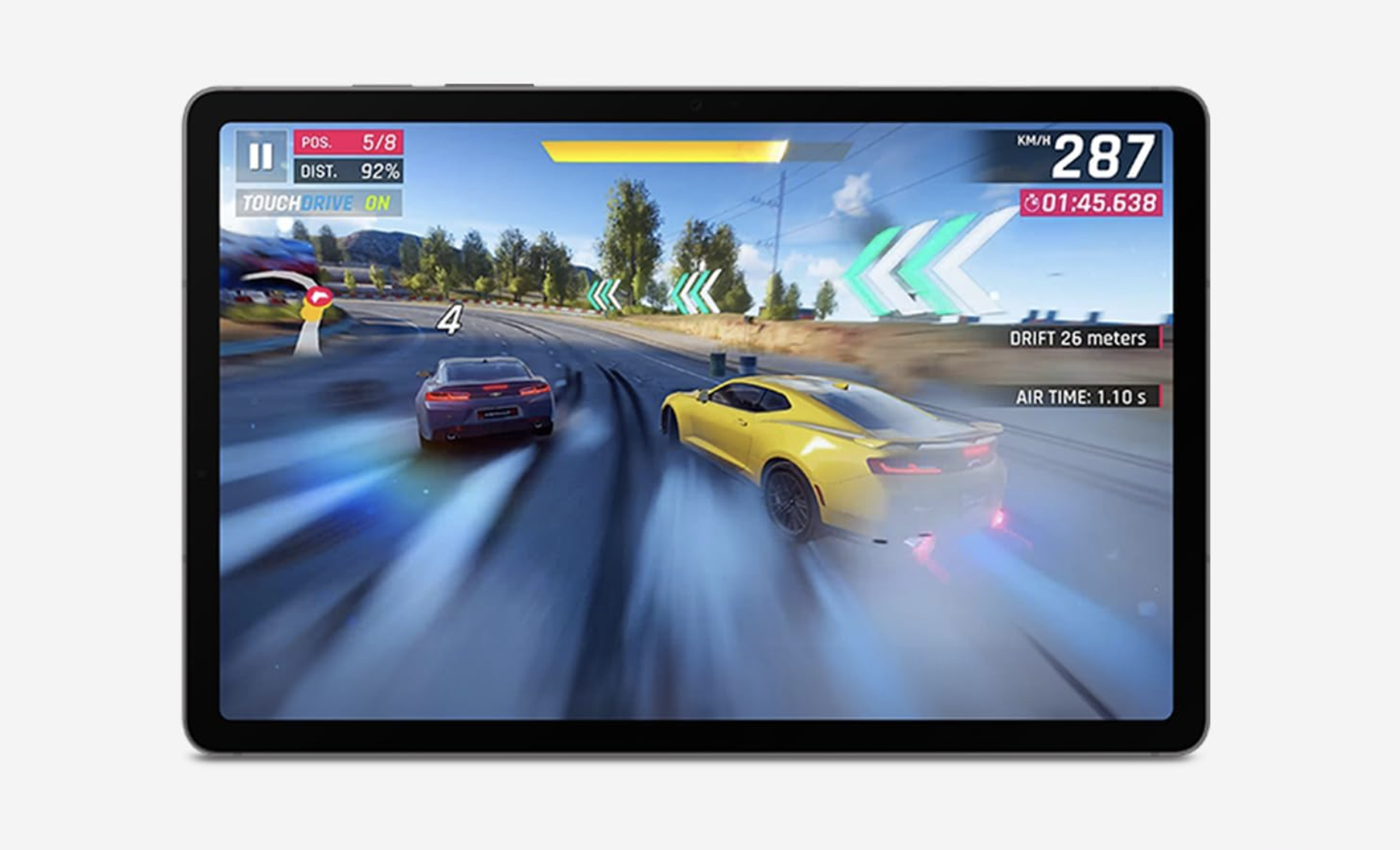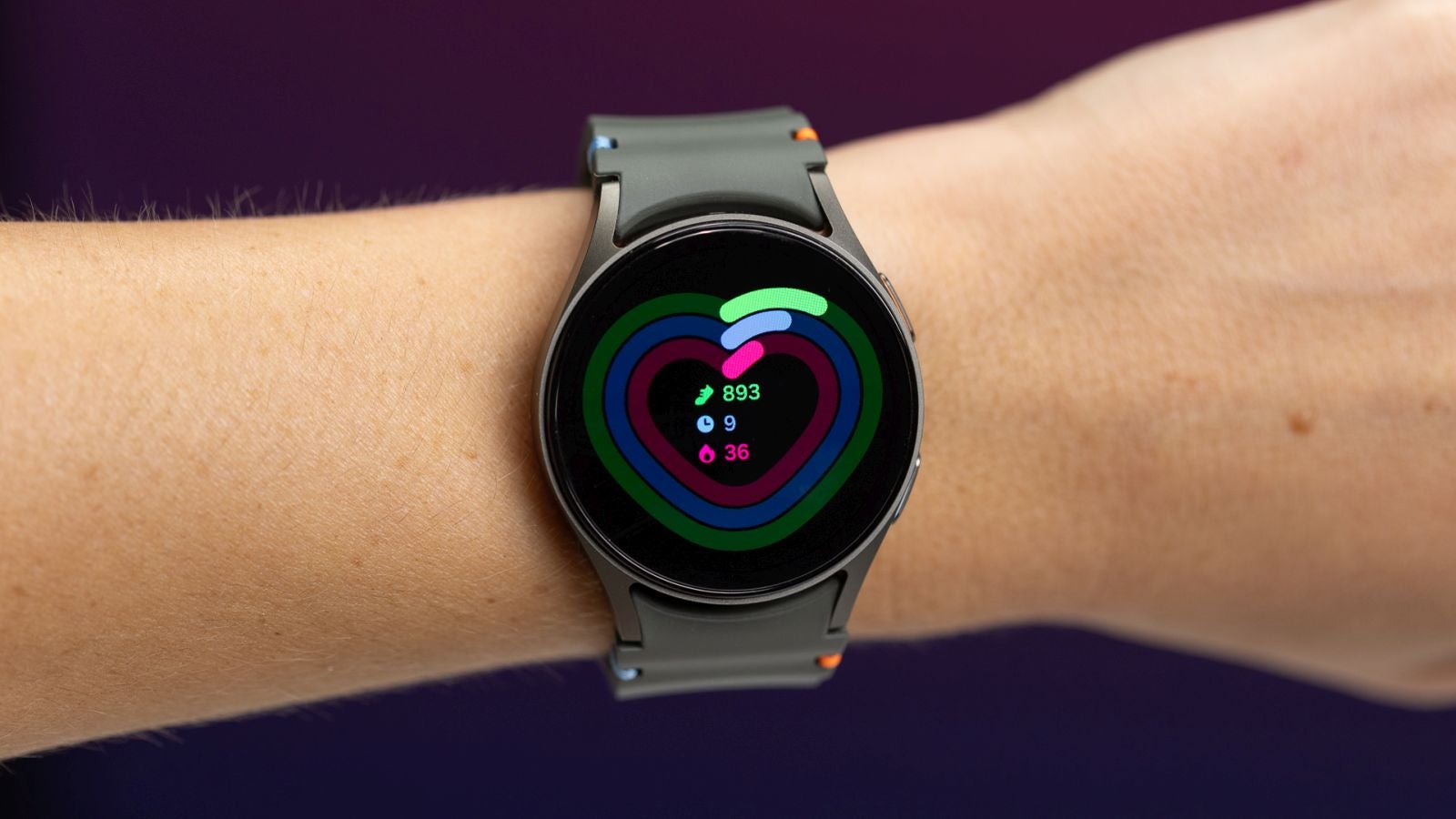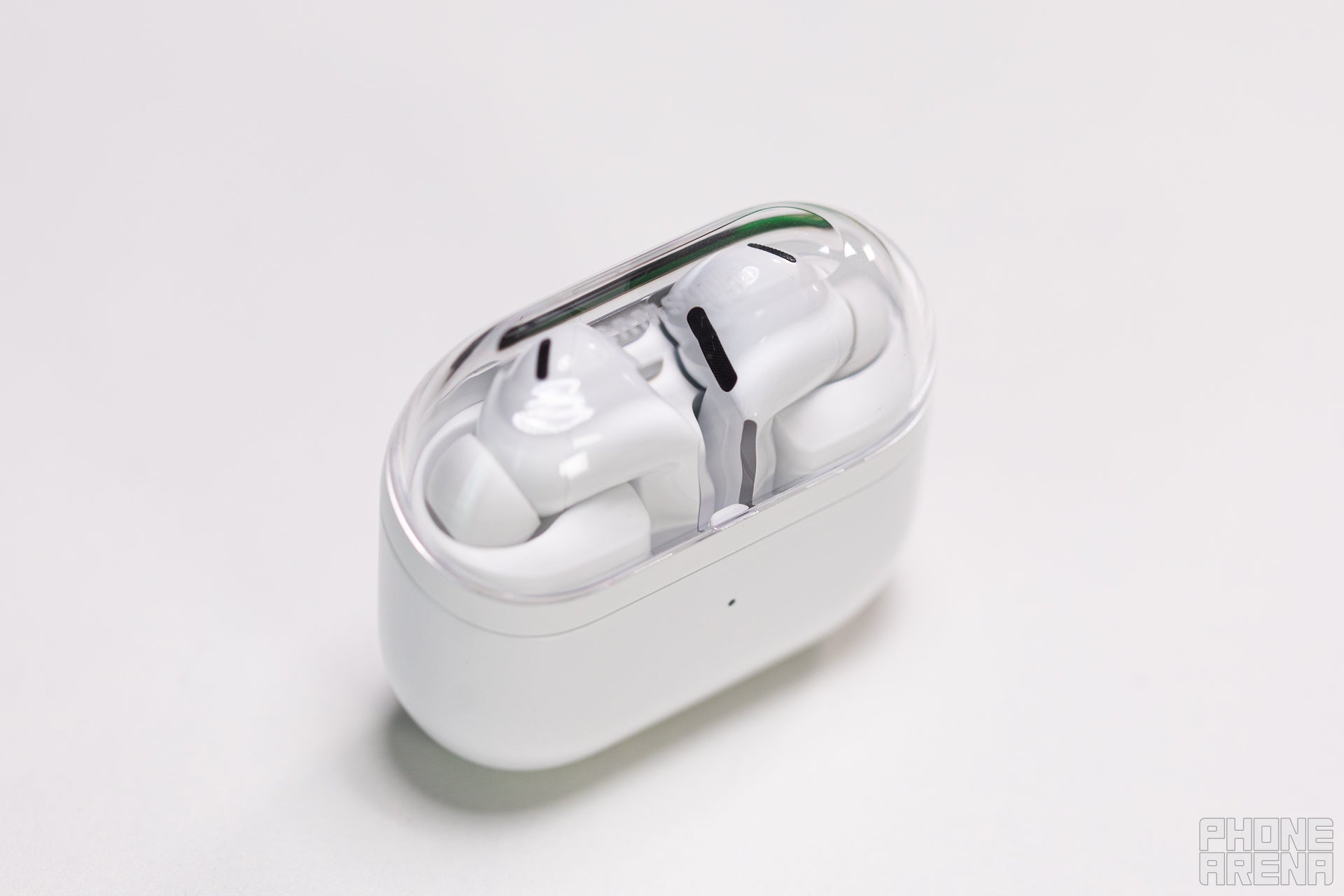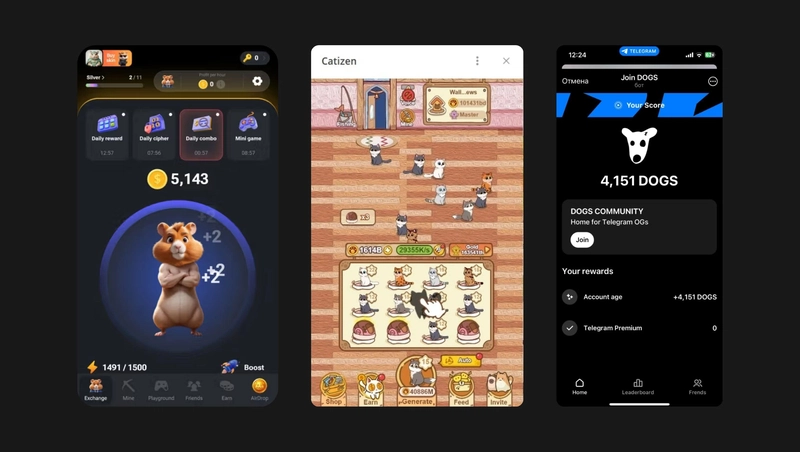How to Build an NSFW AI Image Generator Using Next.js and TensorFlow.js
How to Build an NSFW AI Image Generator Using Next.js and TensorFlow.js Introduction With the advancements in AI and web technologies, creating sophisticated applications like image generators has become more accessible. In this tutorial, we'll walk through building an NSFW (Not Safe For Work) AI image generator using Next.js and TensorFlow.js. We'll explore how to set up the project, integrate AI models, and generate images based on text prompts. Disclaimer: This tutorial is for educational purposes only. Please ensure you comply with all local laws and regulations when working with NSFW content. Prerequisites Basic knowledge of JavaScript and React Node.js installed on your machine Familiarity with Next.js and TensorFlow.js is helpful but not required Getting Started Setting Up the Next.js Project First, we'll create a new Next.js project using the following command: npx create-next-app nsfw-ai-image-generator Navigate to the project directory: cd nsfw-ai-image-generator Installing Dependencies We'll need TensorFlow.js for running the AI models in the browser: npm install @tensorflow/tfjs``` {% endraw %} ### Integrating an AI Model For generating images, we'll use a pre-trained GAN (Generative Adversarial Network) model. However, since running heavy models in the browser is impractical, we'll set up a simple backend to handle the image generation. #### Setting Up a Simple Backend Create an {% raw %}`api`{% endraw %} directory in your project root: {% raw %} mkdir api In `api/index.js`, set up an Express server: ```javascript const express = require('express'); const cors = require('cors'); const bodyParser = require('body-parser'); const app = express(); const port = 3001; app.use(cors()); app.use(bodyParser.json()); // Endpoint to handle image generation app.post('/generate', (req, res) => { const prompt = req.body.prompt; // TODO: Integrate with your AI model here // For now, we'll return a placeholder response res.json({ imageUrl: 'https://via.placeholder.com/512' }); }); app.listen(port, () => { console.log(`Backend server listening at http://localhost:${port}`); }); Install the necessary dependencies: npm install express cors body-parser Running the Backend Server Start the backend server: node api/index.js Building the Frontend In the Next.js project, we'll create a page where users can input text prompts and receive generated images. Creating the Input Form In pages/index.js, add the following code: import React, { useState } from 'react'; export default function Home() { const [prompt, setPrompt] = useState(''); const [imageUrl, setImageUrl] = useState(''); const handleSubmit = async (e) => { e.preventDefault(); const response = await fetch('http://localhost:3001/generate', { method: 'POST', headers: { 'Content-Type': 'application/json' }, body: JSON.stringify({ prompt }) }); const data = await response.json(); setImageUrl(data.imageUrl); }; return ( NSFW AI Image Generator setPrompt(e.target.value)} placeholder="Enter your text prompt" /> Generate Image {imageUrl && ( Generated Image: )} ); } Styling the Application You can add CSS styles in styles/Home.module.css and import it into your index.js for better presentation. Implementing Image Generation Logic Note: Implementing an actual NSFW AI image generator involves using complex AI models and handling sensitive content responsibly. For the purpose of this tutorial, we're focusing on the structural setup. If you have access to a suitable AI model, you can integrate it in the backend api/index.js where the TODO comment is placed. Ensure that you have the proper rights and comply with ethical guidelines when using AI models for NSFW content. Testing the Application Start the Next.js development server: npm run dev Navigate to http://localhost:3000 in your browser. You should see the input form for the NSFW AI image generator. Enter a text prompt and click "Generate Image" to see the result. Conclusion In this tutorial, we've built a basic structure for an AI NSFW image generator using Next.js and TensorFlow.js. While we've only set up a placeholder for the AI model, this foundation allows you to integrate complex AI functionalities into your web applications. Remember to handle NSFW content responsibly and ensure compliance with all applicable laws and ethical guidelines. Further Reading Next.js Documentation TensorFlow.js Documentation Build an AI Image Generator with Python and GANs Spark AI's NSFW Online AI Image Generator
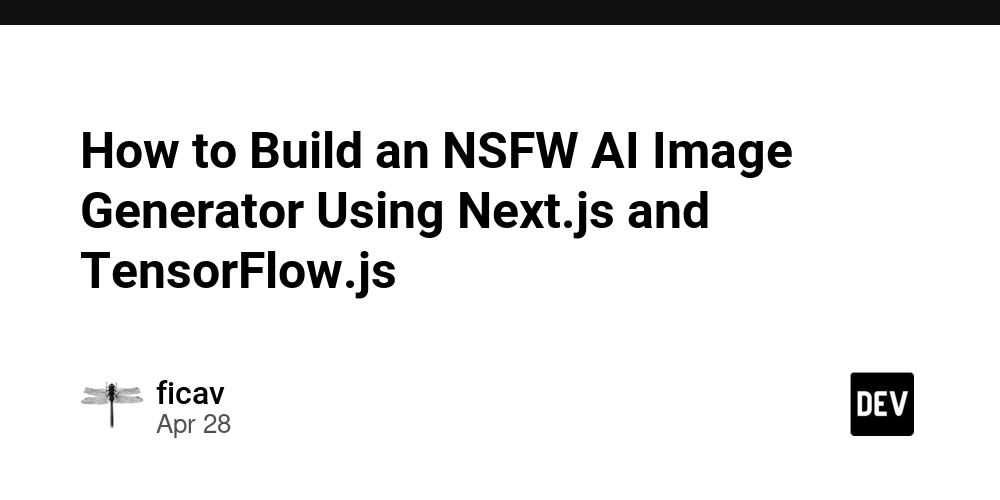
How to Build an NSFW AI Image Generator Using Next.js and TensorFlow.js
Introduction
With the advancements in AI and web technologies, creating sophisticated applications like image generators has become more accessible. In this tutorial, we'll walk through building an NSFW (Not Safe For Work) AI image generator using Next.js and TensorFlow.js. We'll explore how to set up the project, integrate AI models, and generate images based on text prompts.
Disclaimer: This tutorial is for educational purposes only. Please ensure you comply with all local laws and regulations when working with NSFW content.
Prerequisites
- Basic knowledge of JavaScript and React
- Node.js installed on your machine
- Familiarity with Next.js and TensorFlow.js is helpful but not required
Getting Started
Setting Up the Next.js Project
First, we'll create a new Next.js project using the following command:
npx create-next-app nsfw-ai-image-generator
Navigate to the project directory:
cd nsfw-ai-image-generator
Installing Dependencies
We'll need TensorFlow.js for running the AI models in the browser:
npm install @tensorflow/tfjs```
{% endraw %}
### Integrating an AI Model
For generating images, we'll use a pre-trained GAN (Generative Adversarial Network) model. However, since running heavy models in the browser is impractical, we'll set up a simple backend to handle the image generation.
#### Setting Up a Simple Backend
Create an {% raw %}`api`{% endraw %} directory in your project root:
{% raw %}
mkdir api
In `api/index.js`, set up an Express server:
```javascript
const express = require('express');
const cors = require('cors');
const bodyParser = require('body-parser');
const app = express();
const port = 3001;
app.use(cors());
app.use(bodyParser.json());
// Endpoint to handle image generation
app.post('/generate', (req, res) => {
const prompt = req.body.prompt;
// TODO: Integrate with your AI model here
// For now, we'll return a placeholder response
res.json({ imageUrl: 'https://via.placeholder.com/512' });
});
app.listen(port, () => {
console.log(`Backend server listening at http://localhost:${port}`);
});
Install the necessary dependencies:
npm install express cors body-parser
Running the Backend Server
Start the backend server:
node api/index.js
Building the Frontend
In the Next.js project, we'll create a page where users can input text prompts and receive generated images.
Creating the Input Form
In pages/index.js, add the following code:
import React, { useState } from 'react';
export default function Home() {
const [prompt, setPrompt] = useState('');
const [imageUrl, setImageUrl] = useState('');
const handleSubmit = async (e) => {
e.preventDefault();
const response = await fetch('http://localhost:3001/generate', {
method: 'POST',
headers: {
'Content-Type': 'application/json'
},
body: JSON.stringify({ prompt })
});
const data = await response.json();
setImageUrl(data.imageUrl);
};
return (
<div>
<h1>NSFW AI Image Generatorh1>
<form onSubmit={handleSubmit}>
<input
type="text"
value={prompt}
onChange={(e) => setPrompt(e.target.value)}
placeholder="Enter your text prompt"
/>
<button type="submit">Generate Imagebutton>
form>
{imageUrl && (
<div>
<h2>Generated Image:h2>
<img src={imageUrl} alt="Generated" />
div>
)}
div>
);
}
Styling the Application
You can add CSS styles in styles/Home.module.css and import it into your index.js for better presentation.
Implementing Image Generation Logic
Note: Implementing an actual NSFW AI image generator involves using complex AI models and handling sensitive content responsibly. For the purpose of this tutorial, we're focusing on the structural setup.
If you have access to a suitable AI model, you can integrate it in the backend api/index.js where the TODO comment is placed. Ensure that you have the proper rights and comply with ethical guidelines when using AI models for NSFW content.
Testing the Application
Start the Next.js development server:
npm run dev
Navigate to http://localhost:3000 in your browser. You should see the input form for the NSFW AI image generator. Enter a text prompt and click "Generate Image" to see the result.
Conclusion
In this tutorial, we've built a basic structure for an AI NSFW image generator using Next.js and TensorFlow.js. While we've only set up a placeholder for the AI model, this foundation allows you to integrate complex AI functionalities into your web applications.
Remember to handle NSFW content responsibly and ensure compliance with all applicable laws and ethical guidelines.



































































































































































![[The AI Show Episode 143]: ChatGPT Revenue Surge, New AGI Timelines, Amazon’s AI Agent, Claude for Education, Model Context Protocol & LLMs Pass the Turing Test](https://www.marketingaiinstitute.com/hubfs/ep%20143%20cover.png)































































































































![[DEALS] Koofr Cloud Storage: Lifetime Subscription (1TB) (80% off) & Other Deals Up To 98% Off – Offers End Soon!](https://www.javacodegeeks.com/wp-content/uploads/2012/12/jcg-logo.jpg)




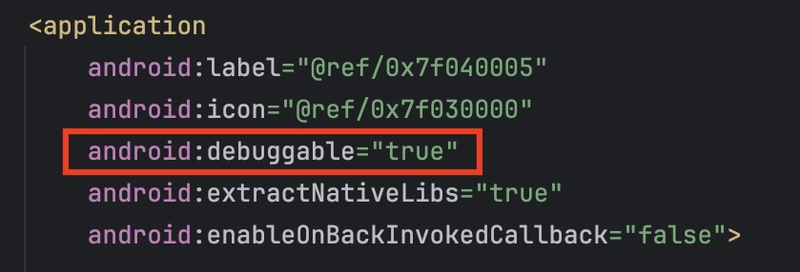






































































































































_Muhammad_R._Fakhrurrozi_Alamy.jpg?width=1280&auto=webp&quality=80&disable=upscale#)
_NicoElNino_Alamy.jpg?width=1280&auto=webp&quality=80&disable=upscale#)










































































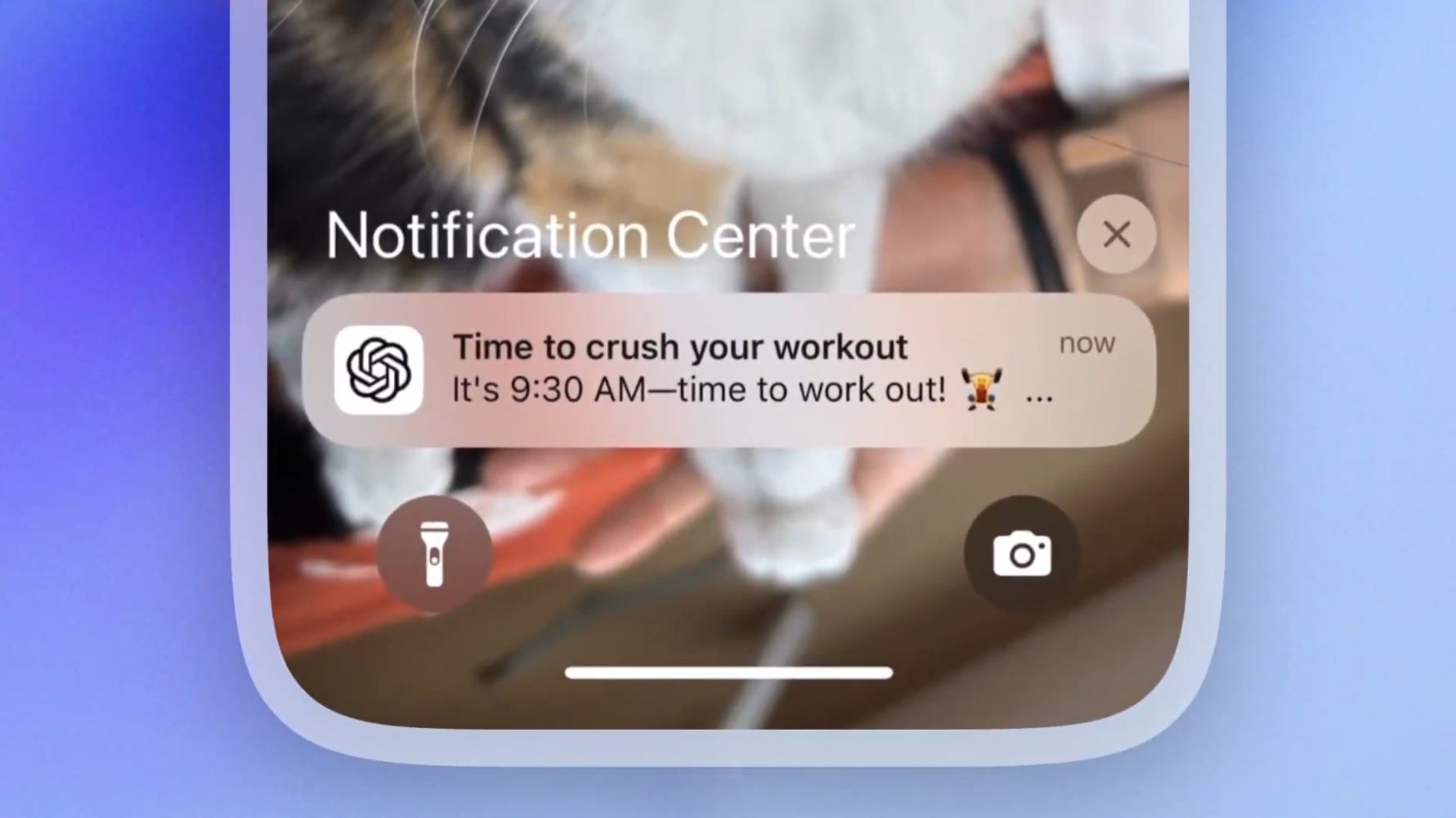








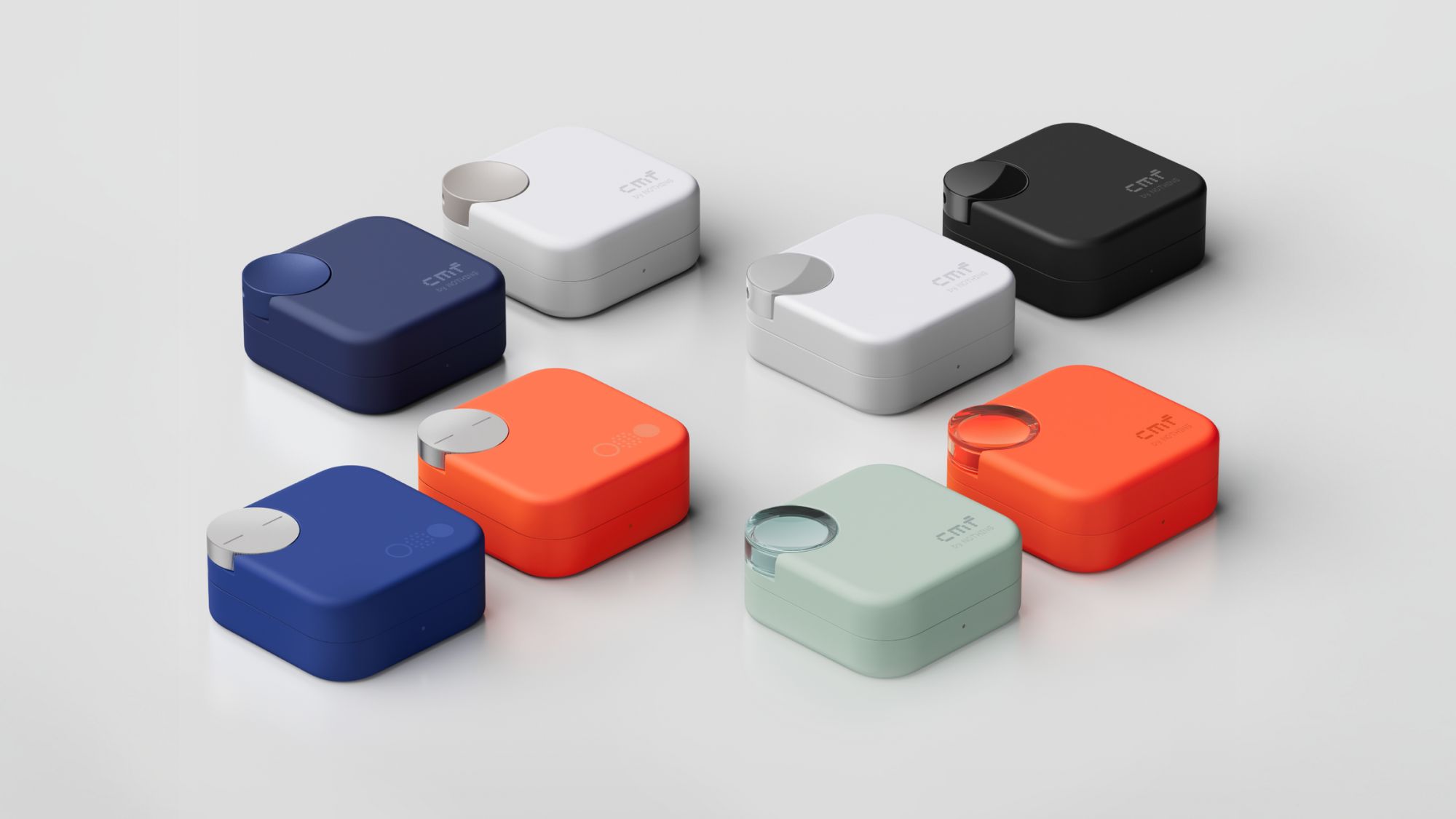
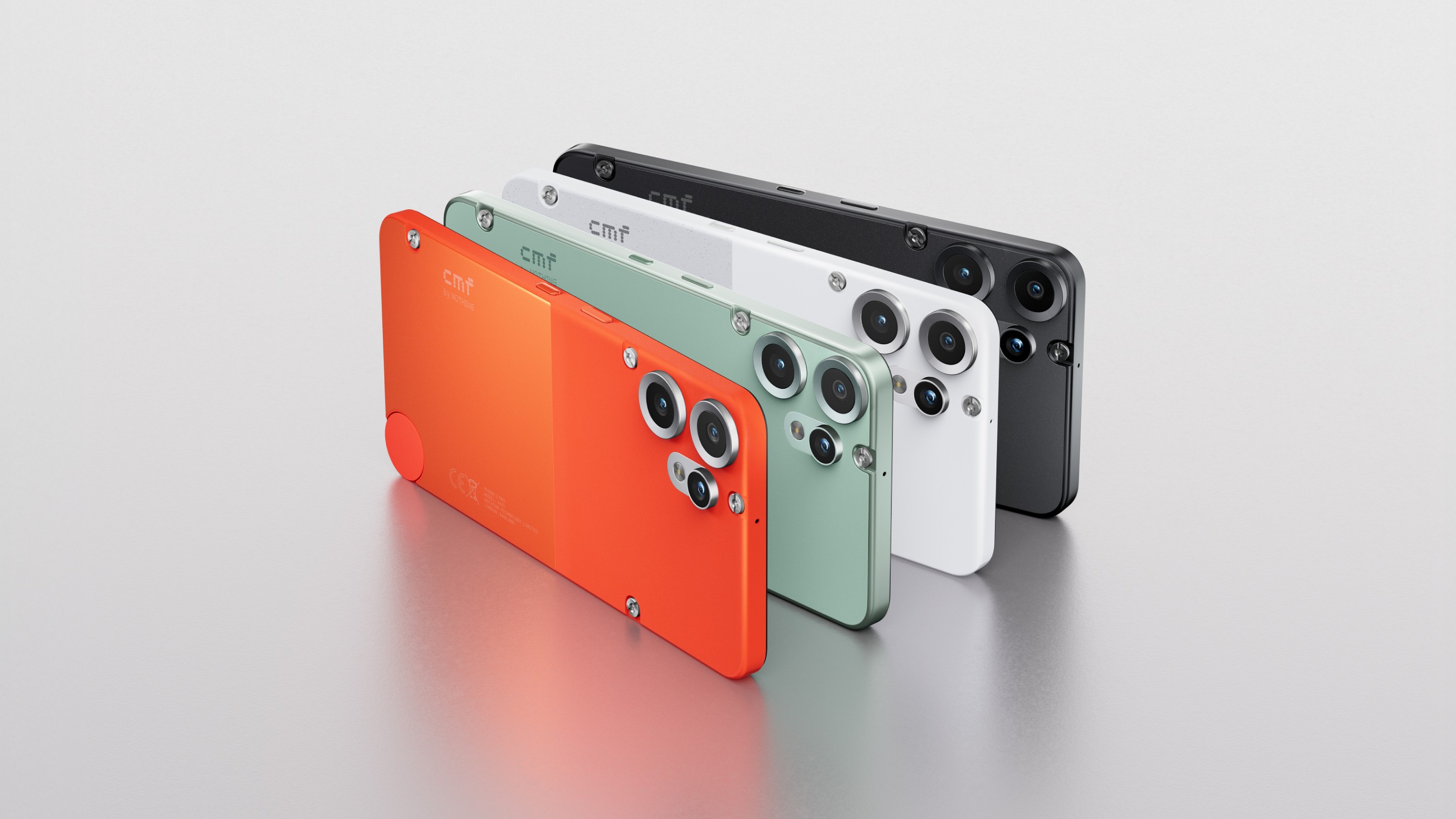



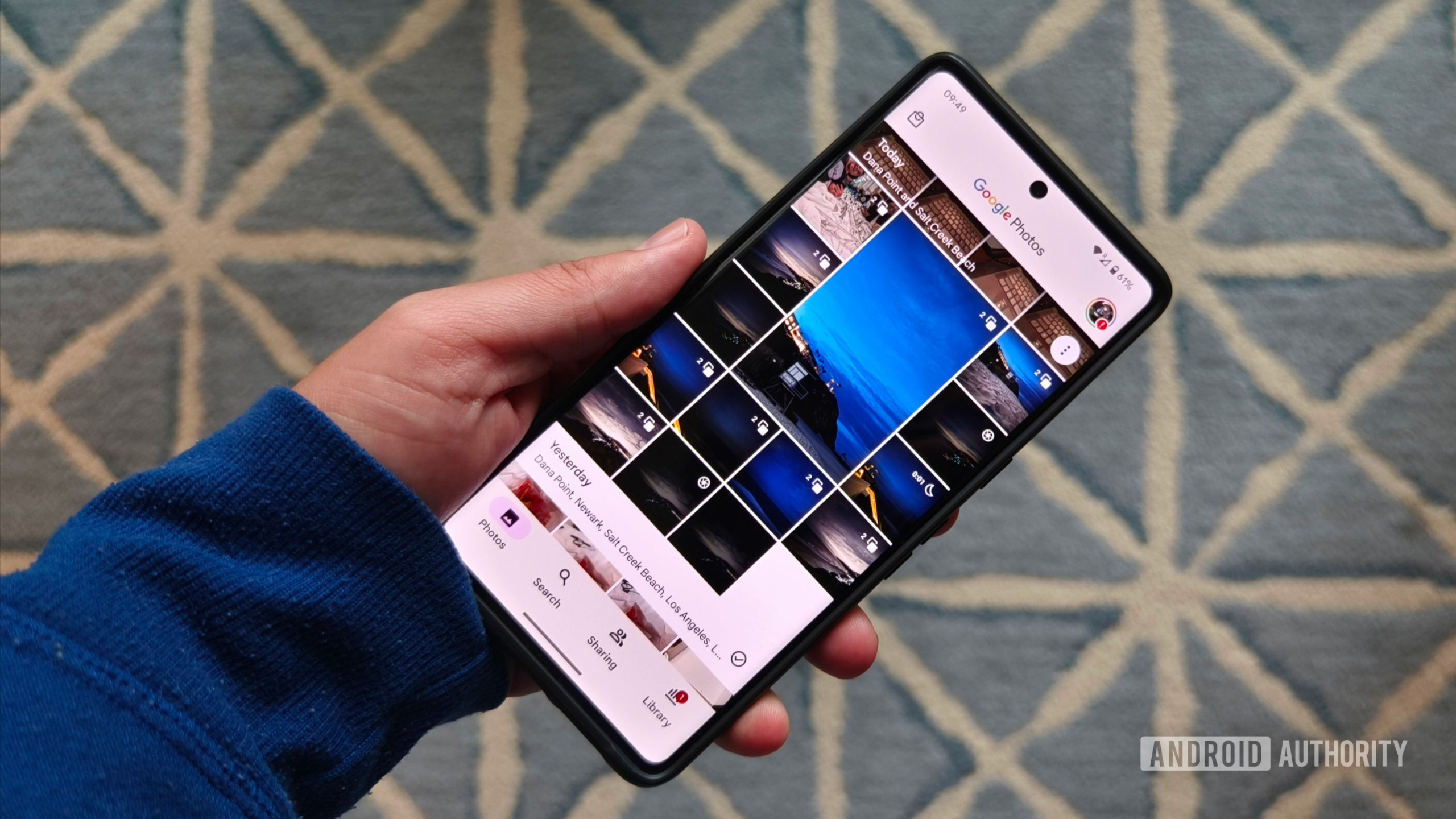







![What Google Messages features are rolling out [April 2025]](https://i0.wp.com/9to5google.com/wp-content/uploads/sites/4/2023/12/google-messages-name-cover.png?resize=1200%2C628&quality=82&strip=all&ssl=1)












![M4 MacBook Air Drops to Just $849 - Act Fast! [Lowest Price Ever]](https://www.iclarified.com/images/news/97140/97140/97140-640.jpg)
![Apple Smart Glasses Not Close to Being Ready as Meta Targets 2025 [Gurman]](https://www.iclarified.com/images/news/97139/97139/97139-640.jpg)
![iPadOS 19 May Introduce Menu Bar, iOS 19 to Support External Displays [Rumor]](https://www.iclarified.com/images/news/97137/97137/97137-640.jpg)













